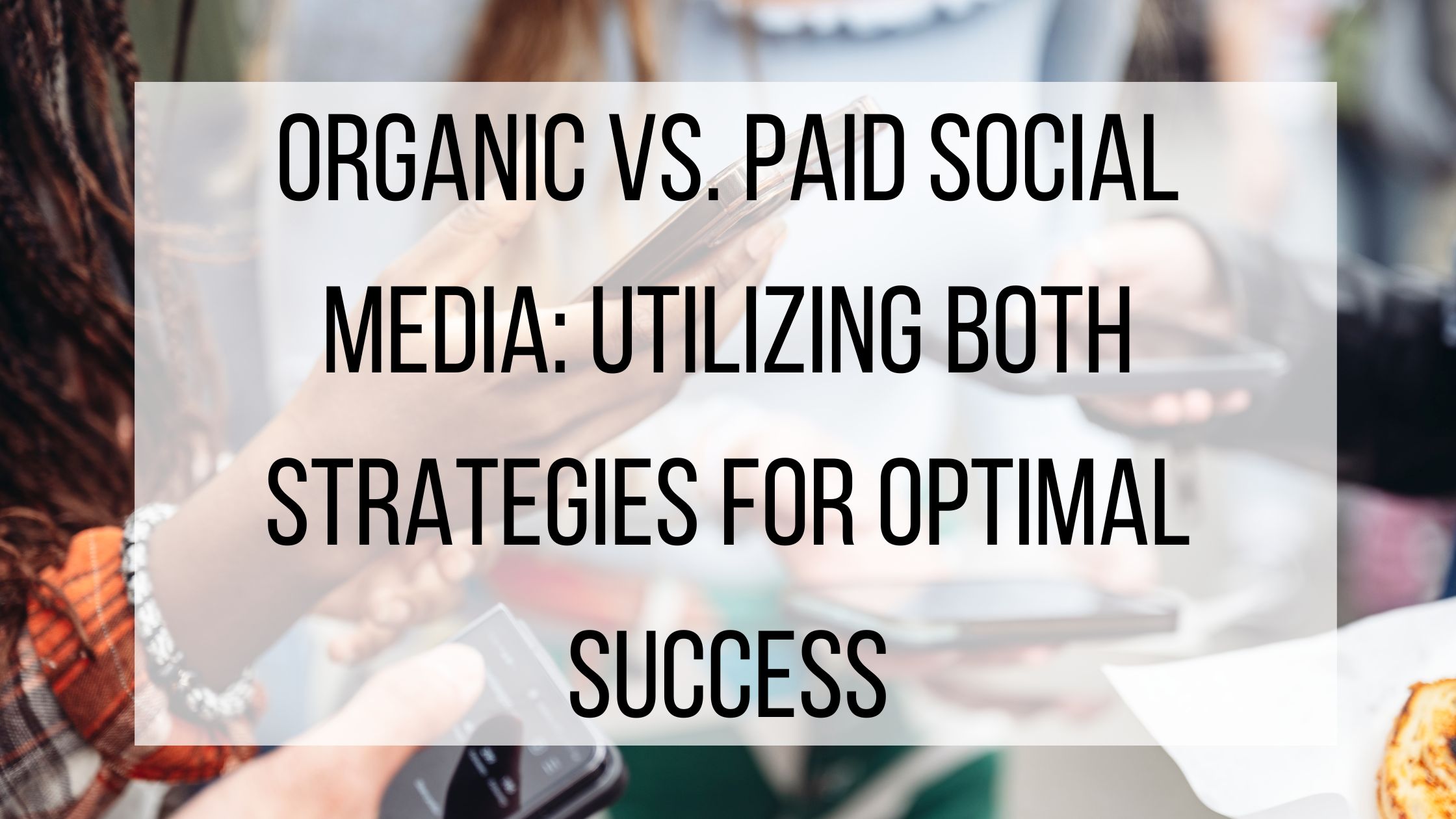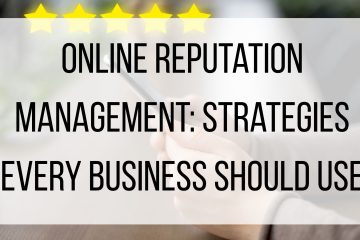Organic vs. Paid Social Media: Utilizing Both Strategies for Optimal Success

There are two ways you can get your social media content out to your audience: organic social media, and paid social media. Businesses often overthink which method they should focus on- both have unique aspects that make them effective. To get the most out of your social media strategy, you should be using a hybrid approach to get the best of both organic and paid social media.
What Is Organic Social Media?
Organic social media is all of the free content you come across on your feed. This content isn’t sponsored, or boosted, or promoted in any way- it is reaching you because it is content you’ve either chosen to follow or is content the algorithm thinks that you will enjoy. Organic social media isn’t limited to posts. It can include comments, shares, and re-posts, user-generated content (that is not paid), and anything you see on social media that is happening without monetary incentive.
Benefits Of Organic Social Media:
Organic social media allows you to create a cohesive social media presence across all of your platforms. If there is exciting news that you want to announce, comments that you want to respond to, or a product review from a user that you want to share, it is easy to do that organically. Organic social media helps you connect with your audience and build brand loyalty.
What Is Paid Social Media?
Paid social media is any paid content that you come across. Paid social media doesn’t have to be in your face, and you have probably come across plenty of paid content that you might not have realized was paid. Paid social media allows you to reach your target audience, and users who might not have heard of your brand before. Sponsored ads, boosted Reels, and paid influencer videos all fall under the paid social media category.
Benefits Of Paid Social Media:
Paid social media is easier to measure than organic, and helps you expand your audience. Paid social media can help you drive engagement and conversions. Teaming up with an influencer in your industry or running a carefully curated ad helps you reach a wider audience, educate your current audience, and track feedback about your brand.
How To Use Organic And Paid Social Media Together:
Organic and paid social media should have different goals, while still complimenting each other. Typically, organic social media is used to build a community along with building brand trust and awareness, while paid social media drives traffic and allows you to target your ideal audience. Keep your voice consistent across your social media, so users will know exactly who you are when seeing any of your content. If you have an organic post that is doing well with your audience, turn it into a paid post by boosting it. If you want to gain followers on a platform you are not as active on, run a paid ad while simultaneously posting organic content so that they will have plenty of information to view on your page. Share reviews that your customers have left, and team up with an influencer for a product review and demonstration to gain more traction. Think of organic and paid social media as a team- they are there to work together, not against one another.
There are plenty of ways you can use both organic and paid social media to help boost your online presence, drive traffic, and grow your audience. It might take some trial and error to find out what works best for you, but keep producing great content and listen to your audience’s response for your best results!



2 Comments
geometry dash · August 19, 2024 at 5:58 am
Utilizing both organic and paid social media strategies can significantly enhance your brand’s online presence and effectiveness.
slope run · December 5, 2024 at 4:40 am
Organic and paid social media strategies serve distinct yet complementary purposes in a comprehensive marketing approach.